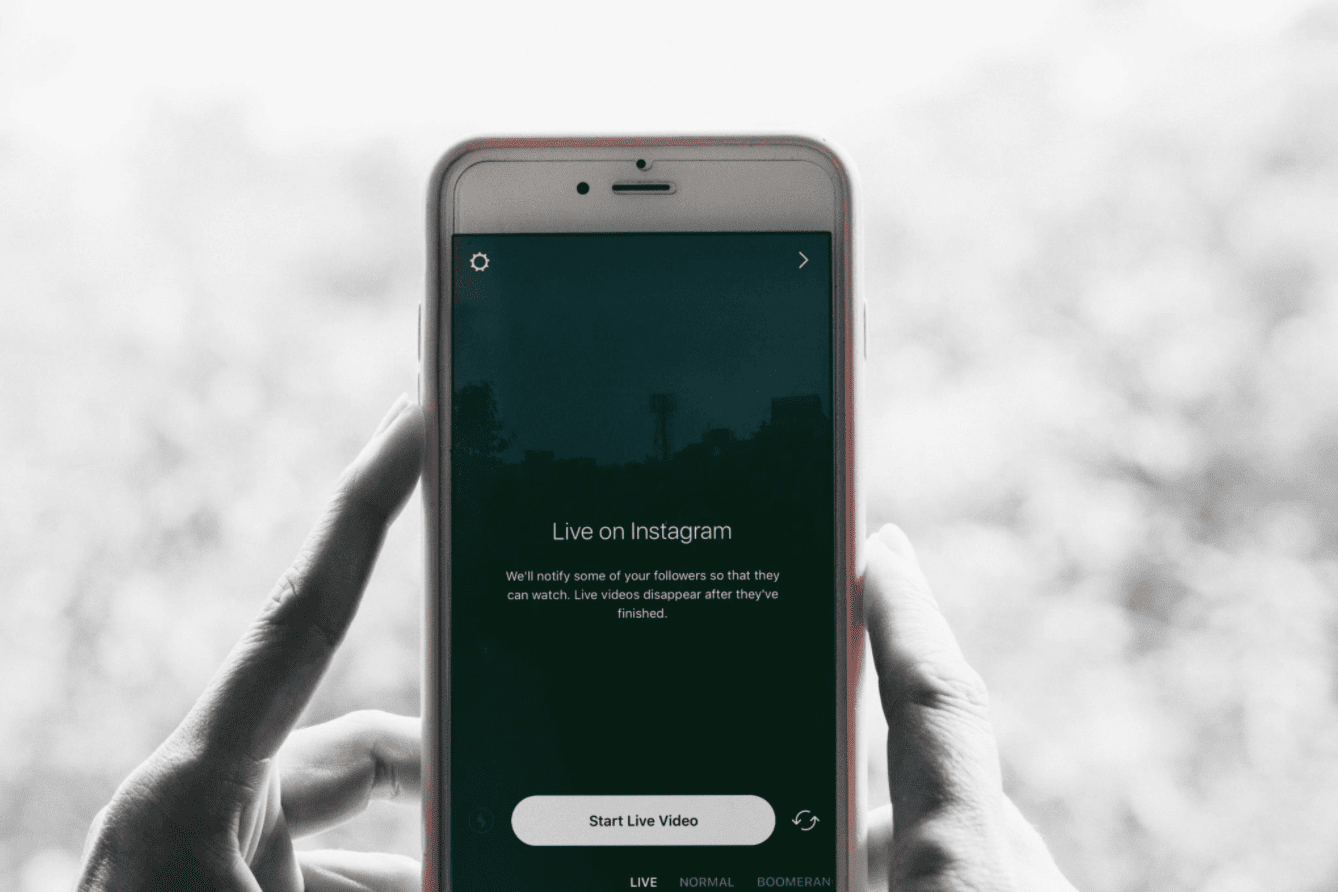Are You Spending Too Much Time on the Wrong Social Platform?
If your business’s marketing strategy doesn’t include social media, you’re missing out on a lot of opportunities. However, determining which platform to use for marketing isn’t as simple as just picking your favorite form of social media.
It’s important to match your social platforms with your audience. Once you know where your customers are, you can go to them instead of hoping they take the bait and come to you.
Social media is a surprisingly complex topic. There are many facets to social media and social media marketing that may not be immediately obvious to beginners. Take the different types of social platforms, for example—social networks, discussion forums, media sharing sites, interest-based networks, etc. The distinction is important for your business’s social marketing plan to succeed.
All social media platforms are not created equal, and some are better for certain activities and business types than others. Let’s take a look at some of the major social networks and see what types of businesses are best suited for these platforms and how you can make them work for your company.

So many people are on Facebook that it really makes sense for every business to have a profile, even if it isn’t their primary avenue for social interaction. It just looks bad when someone asks for your business’s Facebook account and you say you don’t have one. Remember to keep your business’s target demographic in mind before you create and post a ton of content. You want your page to be successful, and targeting a specific group helps you meet that goal.
Speaking of content, what works best for Facebook? Facebook is broad and doesn’t necessarily cater to one type of content over another. Photos and videos are always great choices, but almost any content works on this platform, even all-text messages. And, of course, sometimes when you post is just as important as what you post.

Twitter is all about short bursts of information within a 140-character limit. And Twitter moves fast. That speed makes it great for getting the word out about something quickly. Thanks to retweets, hashtags, and the sheer volume of tweets that are, well, tweeted (6,000 per second!), an announcement on Twitter can spread like wildfire around the web.
This social platform is also great for any type of business. It has a casual atmosphere and is often used for sharing links and photos since the format limits the length of any given tweet. Twitter can be especially good for engaging directly with individual members of your audience through an actual conversation. For this reason, it’s often used—to great effect—as a channel for customer service.

This platform can be a little trickier than other networks for businesses to use—since the content is so visual, it can be tough for some businesses to adapt content to the platform. That said, it’s certainly possible to find success on the network. It just might take a little creativity.
Instagram naturally lends itself to more creative and artistic businesses, at least when it comes to standard photo sharing. But if your product doesn’t fit that sort of marketing, don’t give up on the platform just yet. The newer Instagram Stories feature might be worth checking out.
Instagram Stories are very similar to Snapchat Stories and allow you to give short demonstrations of products or go behind the scenes in ways that you can’t with a simple photo. They have proven very popular with businesses so far, and they might be worth trying for your company.
Snapchat

A whopping 86% of Snapchat users are under 35 years old, with over one-third being between 18 and 24 years old. If you’re trying to reach young adults, this platform is the right place.
Snapchat Stories are where it’s at for businesses. Stories are public, so anyone following you can view the content, and these posts are viewable for twenty-four hours rather than the ten or so seconds that regular Snapchat content lives for.
This feature strikes a good balance—your audience has plenty of time to view your new content, but since it won’t be around for more than a day, you don’t have to worry as much about creating super-polished content that people can view in the future.
Behind-the-scenes content is also great to share on Snapchat. Customers and fans of your brand can get a sneak peek at your day-to-day operations and get to know your business better. Snapchat is also great for interviews and short vlogs that share inside info such as new promotions.

LinkedIn is a bit different than other social networks. Since it’s specifically aimed at professionals, the atmosphere is less casual. LinkedIn is still a great place to market your business, though, especially if your clients are other businesses.
This social platform is perfect for business-to-business (B2B) marketing because you already know the audience is made up of other professionals. It can be a great way to drive traffic back to your web page, and it’s also a fantastic forum for building credibility through blog posts and smart updates.
LinkedIn is also a good spot to look for potential new hires. The network has a job-posting feature and a powerful search function that can help recruiters hunt down prospective employees on their own.
This information only scratches the surface of how spending time on social platforms can help your business succeed, but it should get you off to a good start with selecting the right social networks to build a presence on.









